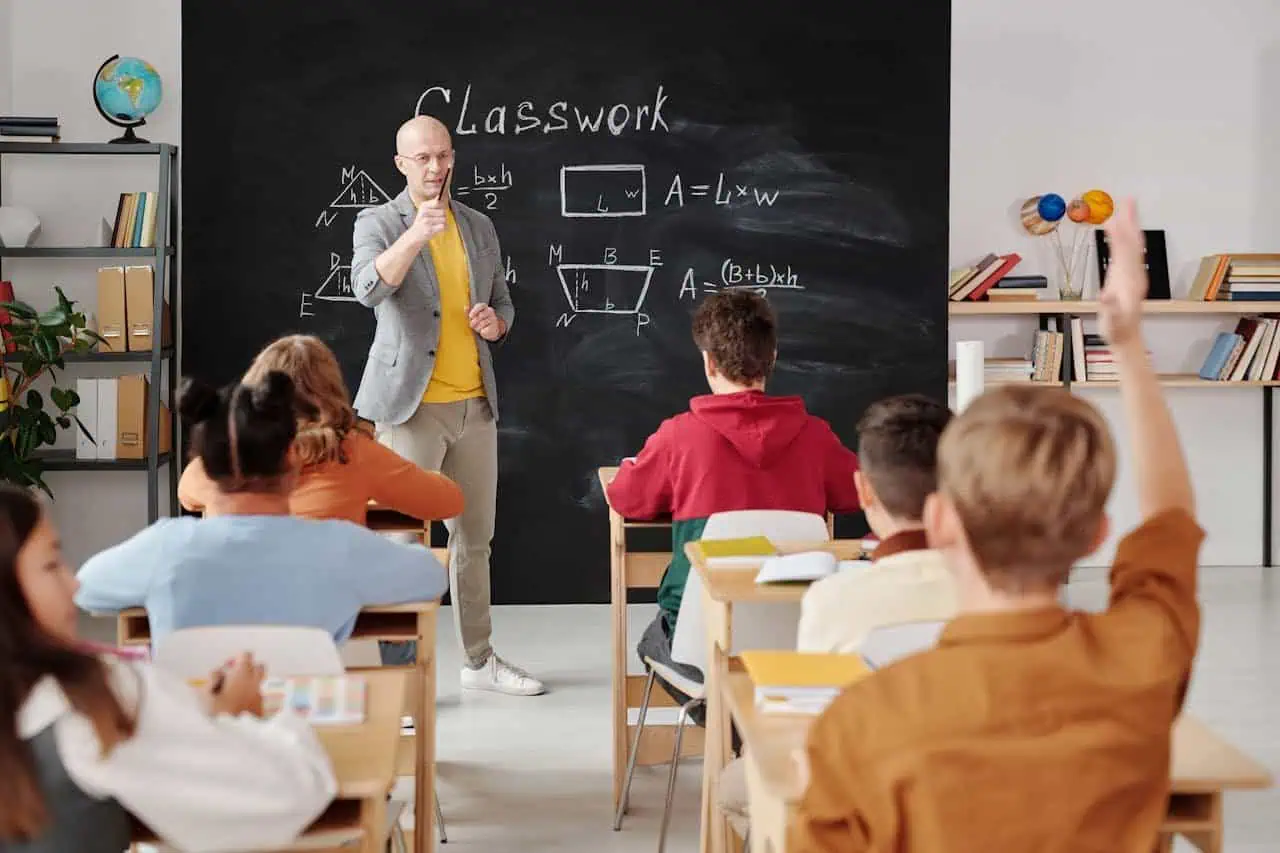Student safety is a fundamental priority for schools and educators. The legal landscape surrounding student safety and liability has evolved significantly, placing more responsibility on educational institutions and professionals to ensure that students are protected from harm. Understanding the legal obligations associated with maintaining a safe environment is crucial for educators and administrators alike. This article focuses particularly on legal frameworks in the USA, but the core principles are relevant everywhere.
Duty of Care in Education
At the core of legal obligations lies the concept of “duty of care.” This principle requires schools and educators to take reasonable steps to prevent foreseeable harm to students. Whether in classrooms, playgrounds, or on field trips, educators are expected to maintain a level of vigilance to ensure that students are safe.
Failure to meet the duty of care can lead to claims of negligence. If a student is harmed due to lack of supervision or failure to address hazards, the school or educator may be held liable for damages. Courts typically consider what a “reasonable person” would do in a similar situation to determine if a duty of care was breached.
Supervision and Preventive Measures
Supervision is a key aspect of ensuring student safety. Educators must provide appropriate supervision based on the age and maturity of the students. Younger children may require more constant oversight, while older students might need less direct monitoring but still require safeguards in specific situations, such as during physical education or lab activities.
Beyond supervision, schools are also responsible for implementing preventive measures. This includes having clear policies regarding bullying, harassment, and violence. Many states have enacted anti-bullying laws, requiring schools to actively intervene and investigate complaints. Failure to address bullying or harassment can result in legal consequences under both state and federal law, including Title IX, which prohibits sex-based discrimination.
Special Needs and Accommodations
Schools have an added obligation to ensure the safety of students with disabilities or special needs. The Individuals with Disabilities Education Act (IDEA) mandates that students with disabilities receive free appropriate public education (FAPE) in the least restrictive environment. Educators must take care to implement individualized education plans (IEPs) and ensure that students with disabilities are not placed in situations that could result in harm due to their specific needs.
Failure to provide reasonable accommodations or necessary support can lead to claims of negligence or discrimination under laws like IDEA and the Americans with Disabilities Act (ADA).
Mandatory Reporting of Abuse and Neglect
One of the most critical legal obligations for educators is the requirement to report suspected child abuse or neglect. In most states, educators are classified as “mandatory reporters,” meaning they are legally required to report any reasonable suspicions of abuse or neglect to child protective services or law enforcement.
Failure to report suspected abuse can result in legal penalties for the educator, including fines or imprisonment, as well as civil liability if a student suffers further harm because the abuse was not reported.
Field Trips and Off-Campus Activities
When students participate in off-campus activities such as field trips or sports events, the legal responsibility of the school and educators extends beyond the school grounds. Educators must ensure that proper safety protocols are in place, including obtaining parental consent, arranging appropriate transportation, and ensuring that the destination is safe and accessible.
Additionally, schools should conduct thorough risk assessments for these activities, considering potential hazards and implementing safeguards to mitigate risks. Failure to adequately plan for student safety during off-campus activities can lead to legal liability if an injury occurs.
Cybersecurity and Digital Safety
In today’s digital age, schools and educators must also address the safety of students in virtual spaces. Many schools have implemented online learning platforms or digital resources, which brings the issue of cybersecurity into focus. Educators are responsible for protecting students from online dangers such as cyberbullying, inappropriate content, or breaches of personal information.
Data privacy laws like the Family Educational Rights and Privacy Act (FERPA) and the Children’s Online Privacy Protection Act (COPPA) place legal obligations on schools to protect student information. Schools must ensure that any digital platforms used comply with these regulations, and educators should be trained to recognize and prevent cyber risks.
To find out more, talk to an expert such as Maya Law to find out what you need to know about cybersecurity and digital safety.
Insurance and Liability Protection
To mitigate the risks of legal liability, schools often maintain liability insurance that covers potential claims arising from student injuries. However, liability insurance does not absolve educators of their duty to maintain a safe environment. Schools should ensure that all staff are trained in safety protocols, first aid, and emergency response procedures.
Furthermore, schools should have clear policies outlining the steps to take in the event of an incident, including how to report injuries and cooperate with investigations. Educators must follow these policies to protect both themselves and the institution from potential legal action.
Conclusion
Schools and educators play a pivotal role in ensuring student safety. Understanding legal obligations, including the duty of care, mandatory reporting, and providing a secure digital environment, is essential to maintaining a safe educational setting. By staying informed and proactive, educators can prevent harm and fulfill their legal responsibilities, reducing the risk of liability while fostering a safe and supportive environment for all students.

